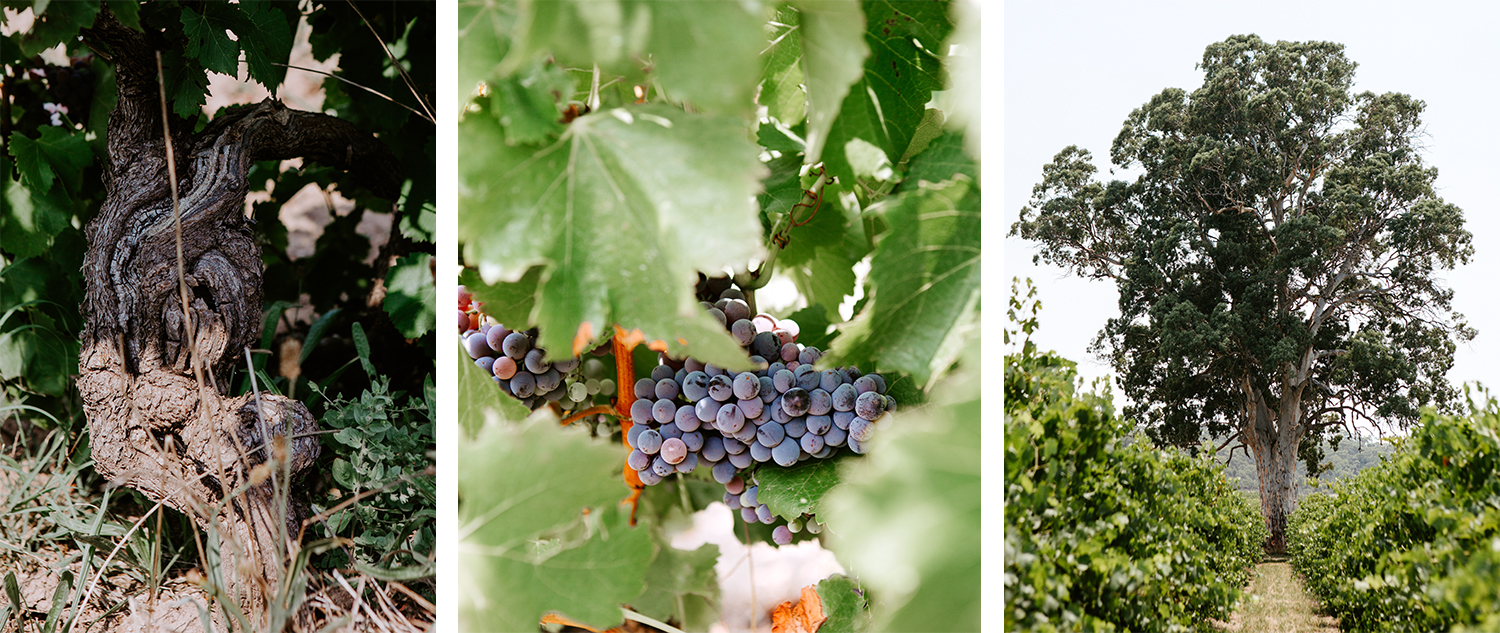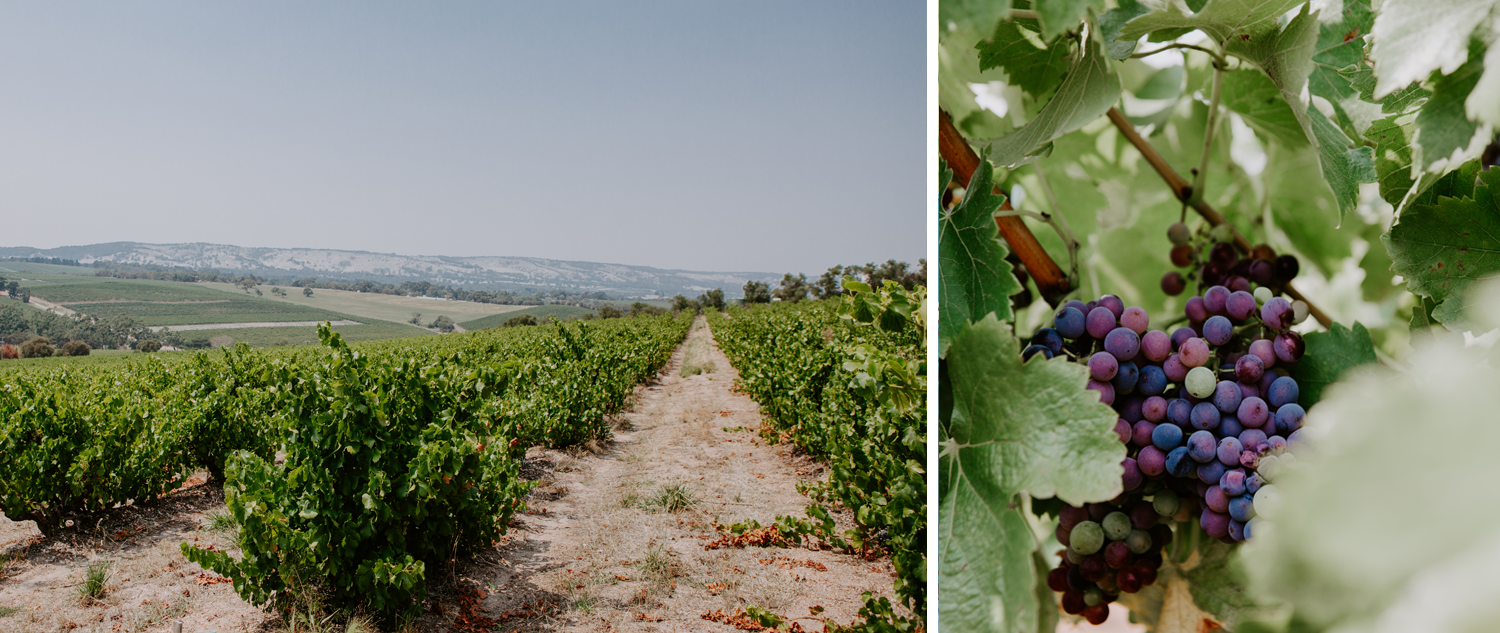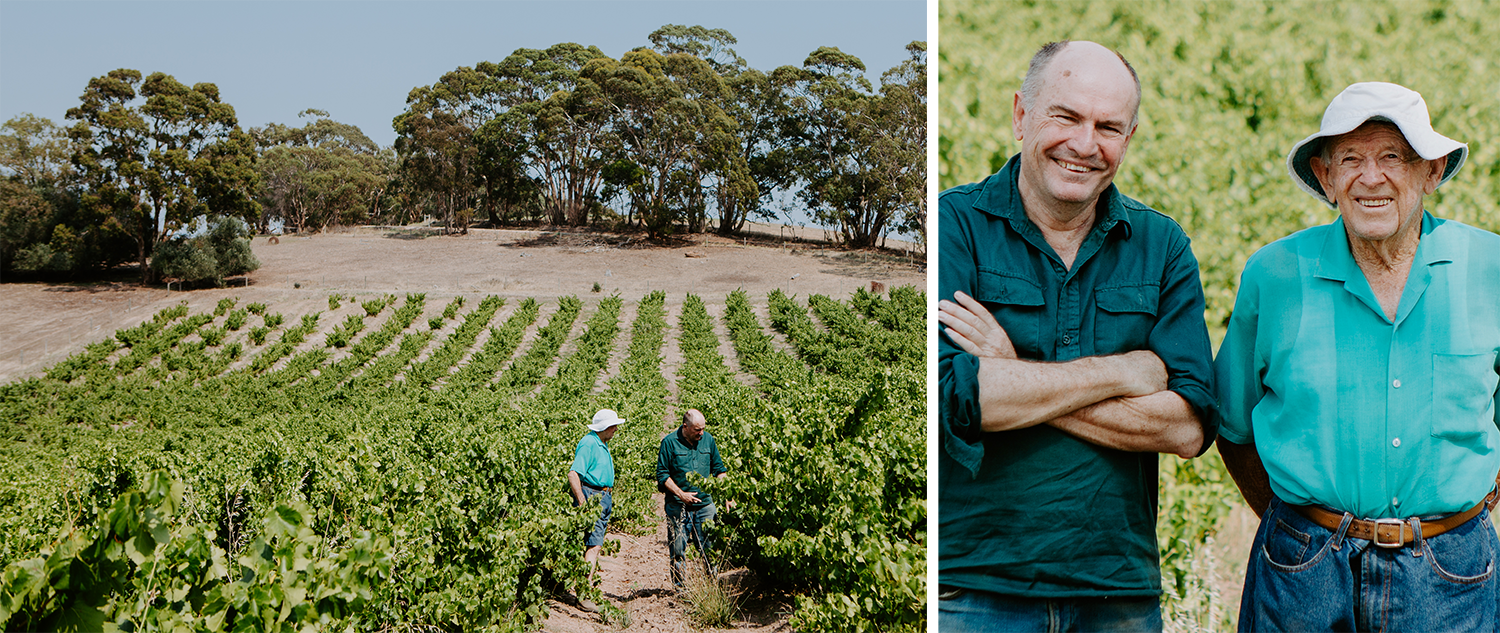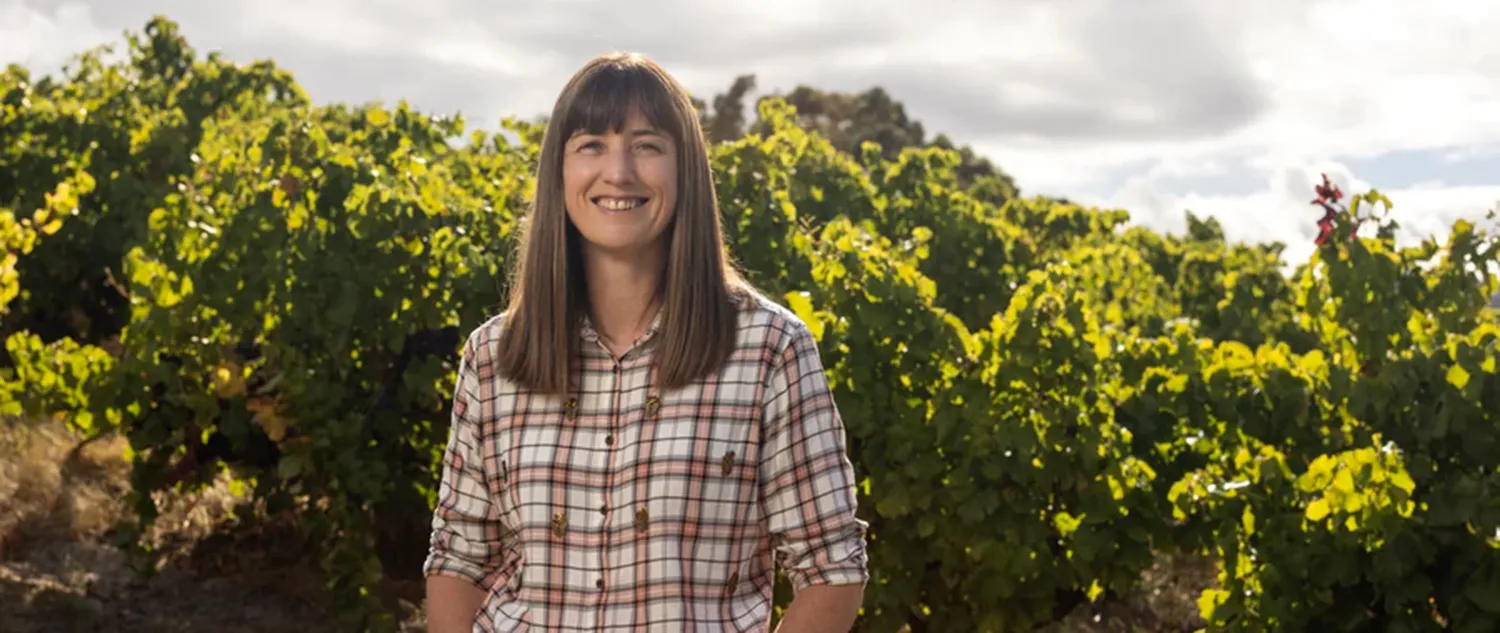Nearly 20 years ago, this region was quite often overlooked despite boasting a wealth of old bush vines and a coastal climate, simply because Grenache was unfashionable. The untapped potential was a driving force behind the founding of Willunga 100 . Today, this producer is highly acclaimed for its single-vineyard Grenaches, hailing from some of the region's best sites, including the Trott and Smart vineyards.
With the imminent release of Willunga 100’s 2022 vintage, we took the opportunity to ask co-founder David Gleave MW a bit more about how the winery came to be.
We currently have a selection of older vintages, as well as the 2021 and 2022 vintages, available for both the 'Smart' and 'Trott' single vineyard wines. For more information, please contact your Account Manager.
Not yet a customer? Contact Us to discuss opening an account.
What first attracted you to the McLaren Vale?
We felt it was underrated. It had old vines, yet all the focus was on cooler climate regions or on the Barossa. We felt the proximity of the sea to the vineyards in Mclaren Vale was a key factor in retaining freshness in the wines. And then we discovered the sandy soils and cooler sites of Blewitt Springs and we were sold on the area.
When you co-founded Willunga 100, had you been intending to set up a winery project in Australia?
Yes. Our aim was to try to produce a great value wine from a traditional region, a region we felt many in Australia had forgotten about.

Pictured: The gnarled old vines within the McLaren Vale, alongside the vineyard tree which adorns the Willunga 100 labels.
Why Grenache?
Our original aim was to make a Cabernet Shiraz, the blend that made Australia great, and a Shiraz Viognier, as we liked the aromatic lift provided by the Viognier.
At every vineyard we visited with Steve Pannell, our first winemaker, we asked what those gnarled old bush-trained vines were. “Just old Grenache – nobody wants those mate.”
After the third visit, we decided we wanted to make a Grenache. The first vintage, 2005, was named Matt Skinner’s Red Wine of the Year, and our course was set.
What is the story behind the name?
The colonial administrators in South Australia used an old English measure when dividing counties into townships. A ‘hundred’ was the amount of space required for 100 houses. We sourced fruit from ‘the hundred’ of Willunga’.
Indeed, on the title deed of the vineyard we bought in 2019, it says the site is situated in ‘the hundred of Willunga’.
How do you think McLaren Vale has changed in the near 20 years since Wilunga 100 was founded?
The interest in Grenache has increased exponentially. Grape prices for Grenache are now higher than for Shiraz, and people are planting rather than grubbing up Grenache.
What are the key differences between Willunga 100’s single vineyards, ‘Trott’ and ‘Smart’?
The Trott vineyard is in Blewitt Springs.
 Pictured: The Trott Vineyard
Pictured: The Trott Vineyard
The soils are Maslin sands over clay and ironstone. Planted in 1952, the site is cooler than vineyards in McLaren Flat, Tatachilla and other lower-lying vineyards in the Vale. We take the fruit off the 12 rows at the very top of the vineyard. The ventilation that comes with altitude is key, as it helps protect the thin-skinned Grenache from any fungal diseases and facilitates the development of the aromatics.
The grapes are hand-picked and transported immediately to the winery in Mclaren Vale. We use about 10% whole bunch as a trigger to release the aromatics. The must is fermented in open-top, stainless-steel fermenters, which provide the ability to punch the cap down regularly. Maceration lasts for about 12 days. After fermentation, the wine is racked into stainless steel tanks where it is stored for 10-12 months, on lees. The lees create a reductive environment, which ensures the Grenache retains its fresh aromas. The lees also help add to the texture of the wine.
The Smart vineyard, planted in 1922, is in Clarendon, the coolest part of Mclaren Vale.
 Pictured: The late Bernard Smart and his son Wayne, the owner/growers of the Smart vineyard.
Pictured: The late Bernard Smart and his son Wayne, the owner/growers of the Smart vineyard.
The major climatic influence here is the nearby Adelaide Hills, whose cool breezes flow down into Clarendon. The soils are loam over a reddish clay. This oldest part of the Smart vineyard is one hectare in size. The fruit is sold to two customers: Willunga 100 and Ministry of Clouds. Each winery takes alternative rows to get a cross-section of the vineyard. The winemaking is identical to the Trott, with the exception of the whole bunch. At Clarendon, the fruit is so delicate we feel whole bunch would mask that delicacy. Instead, we use whole berries, the fermentation of which helps enhance the aromatic delicacy of the Smart vineyard.
The two wines, side by side, show the ability of Grenache to express the sense of place in the same way as Pinot Noir, Riesling or Nebbiolo.
On a personal level, why do you love these wines?
Grenache is an underdog. I love championing grape varieties that deserve a wider audience, and I think Grenache is now top of that list. The wines show wonderful balance and prove that tannins can be perfectly resolved without the use of oak.
 Pictured: Winemaker Renae Hirsch
Pictured: Winemaker Renae Hirsch
Renae Hirsch joined Willunga 100 as their winemaker in 2023 and has been the custodian of the 2022 wines while also having a vivid understanding of its predecessor, 2022. We asked Renae for her thoughts on these two wonderful vintages:
What has your impression been of the 2021 and 2022 vintages?
The growing seasons leading up to 2021 and 2022 harvests had quite a lot in common. Both summers were cool, with below-average temperatures throughout and no heatwave conditions. However, there were key differences in the start and end of each.
For the 2021 vintage, early season rainfall allowed for an excellent start to vine growth, while a warm, dry spring resulted in a really good fruit set and generous crops. These mild conditions then continued through autumn and harvest.
For the 2022 vintage, cold and windy weather during flowering resulted in poor fruit set and a smaller crop. However, in Grenache, this also means nice open bunches. A warmer autumn than in 2021 followed the subsequent cool summer, ensuring excellent quality at harvest.
In terms of how this affected the wines, these were both really good vintages with cooler conditions, so the differences are not huge. I’d say that the 2022 'Trott' vineyard perhaps has a little more concentration and darker, earthier tones compared to the 2021. It hails from a smaller crop and is a little more brooding with good ageing potential. On the other hand, the 2021 is more open, with a lovely fruit expression and softer tannins, which makes it a little more approachable whilst young.
Meanwhile, for the 'Smart' vineyard, both the 2021 and 2022 wines are floral and lifted, with less difference between them than the Trott wines (in my opinion). However, the 2022 Smart perhaps shows a little more complexity through the palate, with salty minerality and fine acidity.
We currently have a selection of older vintages, as well as the 2021 and 2022 vintages, available for both the 'Smart' and 'Trott' single vineyard wines. For more information, please contact your Account Manager.
Not yet a customer? Contact Us to discuss opening an account.
